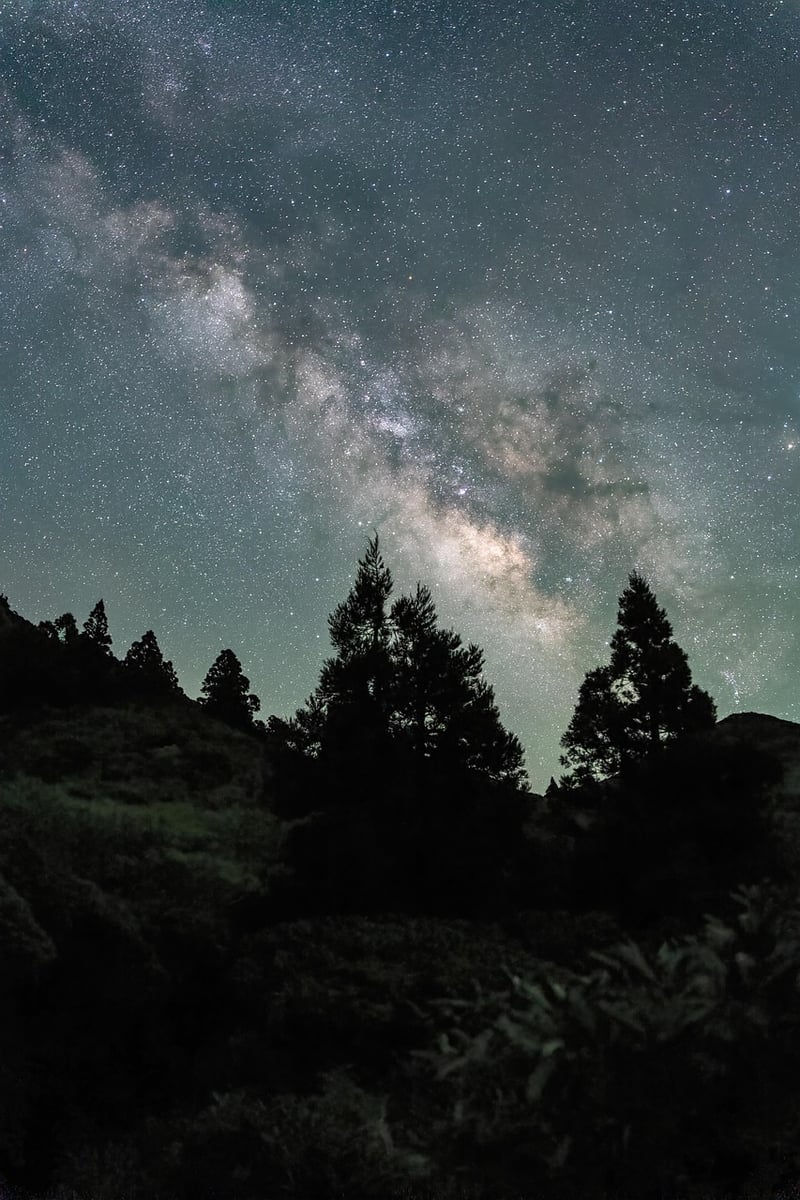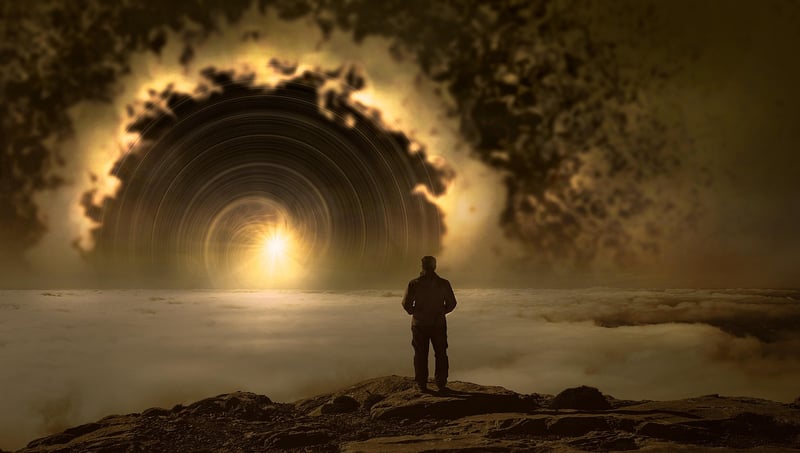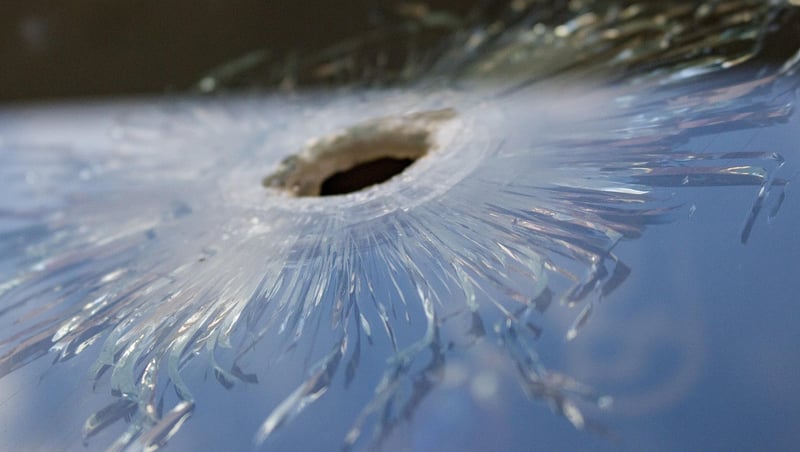Black Hole Surveys
Exploring the Cosmic Landscape and Black Hole Surveys
The Vast Universe
Space, the final frontier, has always captivated human imagination with its vastness and mysteries. Scientists have been tirelessly exploring the cosmic landscape to unravel the secrets of the universe.
Mapping the Stars
One of the essential tasks in understanding the universe is mapping the stars. Astronomers use powerful telescopes to observe distant galaxies, stars, and celestial bodies, creating intricate maps of the cosmos.
Black Holes: The Cosmic Enigma
Among the most intriguing cosmic phenomena are black holes. These mysterious objects possess gravitational forces so strong that nothing, not even light, can escape their grasp. Studying black holes is crucial for understanding the fundamental laws of physics.
Black Hole Surveys
Black hole surveys play a vital role in identifying and studying these enigmatic cosmic entities. Scientists conduct surveys using advanced telescopes and instruments to detect black holes based on their gravitational effects on surrounding matter and light.
Types of Black Hole Surveys:
- X-ray Surveys: Detect black holes by observing the X-ray emissions from hot gases swirling into them.
- Radio Surveys: Identify black holes by detecting radio waves emitted by matter falling into them.
- Gravitational Wave Surveys: Detect black holes by measuring the ripples in spacetime caused by their movements.
Advancements in Research
Recent advancements in technology have revolutionized black hole surveys, allowing scientists to discover and study black holes with unprecedented detail and accuracy. These surveys provide valuable insights into the formation, evolution, and behavior of black holes.
Unlocking the Secrets of the Universe
By charting the cosmic landscape and conducting black hole surveys, scientists are piecing together the puzzle of the universe's origins and structure. Each new discovery brings us closer to unlocking the secrets of the cosmos and understanding our place in the vast expanse of space.

Image credit: Pixabay

Image credit: Pixabay
